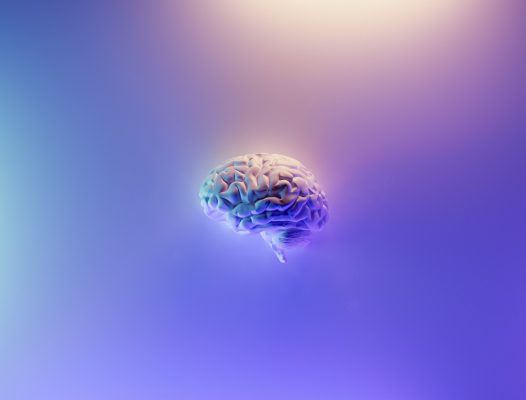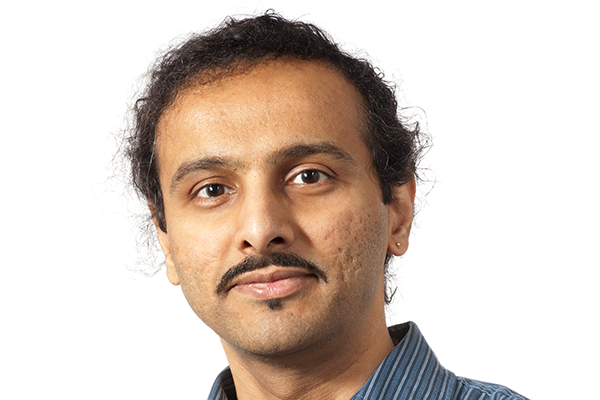Machine learning reveals new factor for predicting a stroke survivor’s ability to regain language skills

Despite centuries of study, the human brain remains one of science’s greatest mysteries. Most research focuses on how the brain responds to change, but researchers are beginning to shift from studying the effect of the brain injury to recovery and healing. Neuroscientists and computer scientists at Boston University (BU) teamed up to create a method for predicting how patients regain their ability to speak after experiencing a stroke.

The research was spearheaded by an interdisciplinary team including Swathi Kiran, the James and Cecilia Tse Ying Professor in Neurorehabilitation at Sargent College, Anne Billot, a PhD student in Behavioral Neuroscience, Margrit Betke, a Professor in the Department of Computer Science, CISE Faculty Affiliate Prakash Ishwar, a Professor in the Department of Electrical and Computer Engineering, and Sha (Stan) Lai, a PhD student in Computer Science. The findings were published recently in Stroke. Supported by a Hariri Institute Digital Health Initiative Award, this is the first study that uses machine learning to understand how patients recover after rehabilitation rather than how they’re affected by a stroke.
A stroke occurs when the blood supply to the brain is impeded, which limits the amount of oxygen to the brain and causes brain cells to die. If parts of the brain that control speech are damaged during a stroke, patients can end up with a language disorder known as aphasia. People suffering from aphasia may still have normal cognitive functions, but they have trouble articulating words or even speaking at all.
The researchers wanted to tease apart what factors after a stroke contribute to a patient’s aphasia prognosis. Neurological images, behavioral information, and demographic data could all provide clinicians with information on how well a patient with aphasia responds to rehabilitation. But until now no study has attempted to put all these pieces of information into one model to see which of them is more or less useful in determining a patient’s prognosis. “If a patient walks in and asks if they’ll get better, we can’t figure out what information to collect to provide that answer,” said Kiran.
Lai helped the team to create a machine learning model for predicting aphasia recovery that takes into account more pieces of information than basic statistical models. The researchers used data collected over three months of language rehabilitation from 55 stroke patients with aphasia to train and test their models. Unsurprisingly, the team found that the severity of a patient’s language impairment after stroke affects rehabilitation outcomes.
However, the researchers discovered one additional factor crucial for predicting aphasia recovery that clinicians have not considered before. Resting state functional connectivity, or how different parts of the brain work together when a patient is lying still, is important for predicting aphasia recovery. Understanding how neurons in the brain that talk to one another through networks are reorganized after a stroke can help clinicians create personalized rehabilitation plans for patients. “Our model can apply to any patient and provides clinicians with guidelines on what data they should focus on after a stroke to provide a good prognosis,” said Billot.
And examining the brain’s resting state functional connectivity is easy – the experience is just like getting a regular MRI (magnetic resonance imaging) scan, the patient does not have to do anything. “Resting state fMRI (functional MRI) is simple enough for clinicians to do,” said Billot, “So this is a good biomarker for recovery that could be implemented in the clinical routine.”
The neuroscientists and computer scientists learned a lot from one another about computational and clinical research, respectively, through this project. Once everyone on the team understood both the neuroscience and computer science language, their combined expertise led to a discovery that advances the field of aphasia treatment and recovery. “I think the students have had a really wonderful respect for each other coming from different backgrounds,” said Betke, “It is so nice to see that there is this willingness to understand the language of the other group and the ability to work together to solve a problem.”